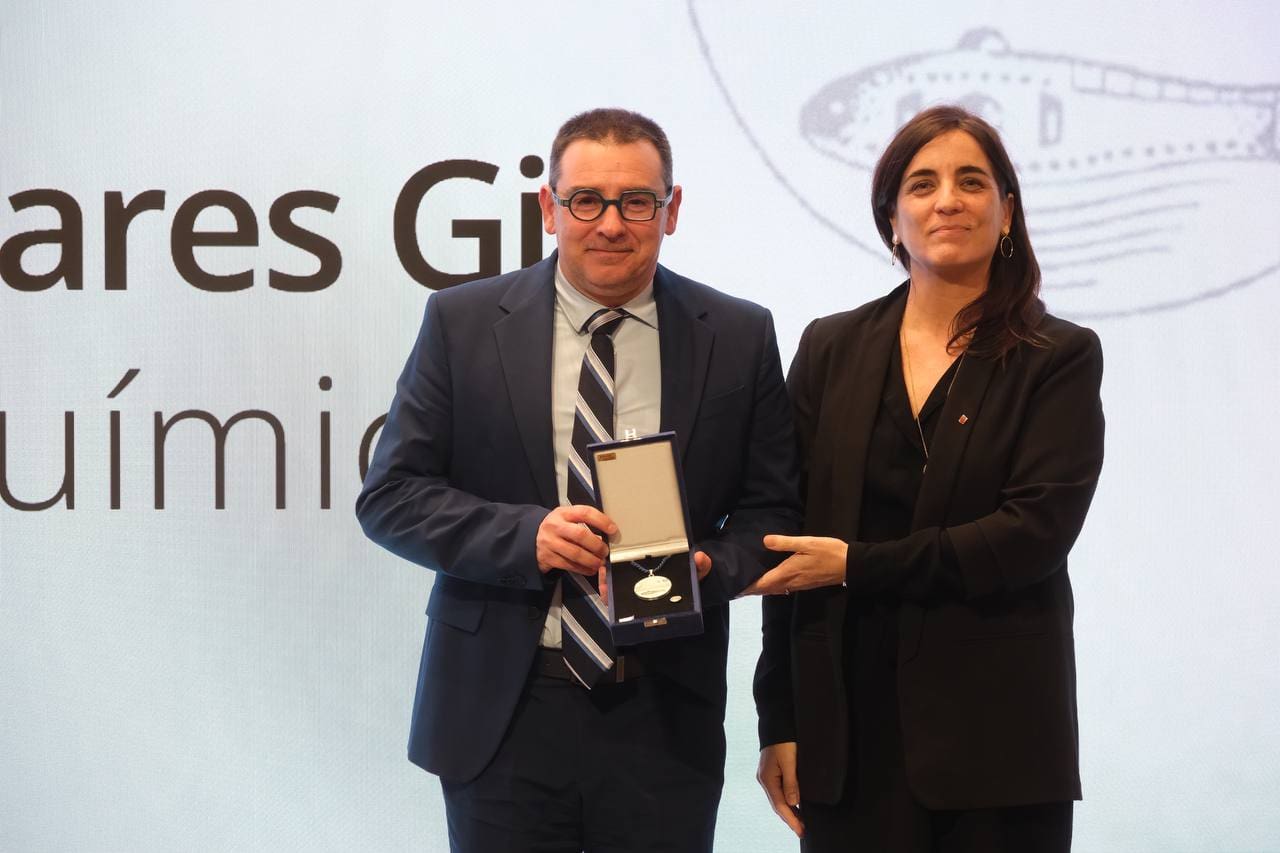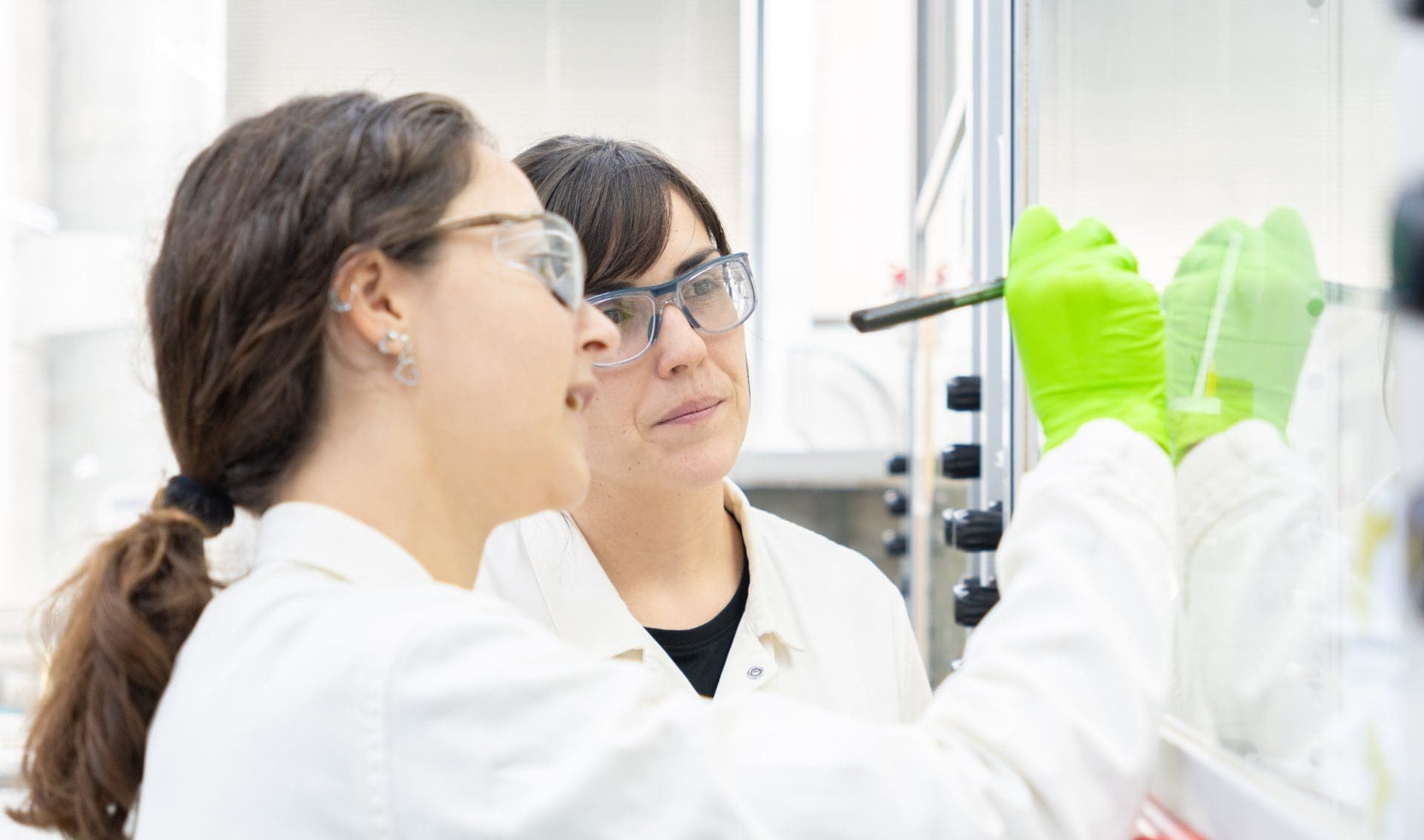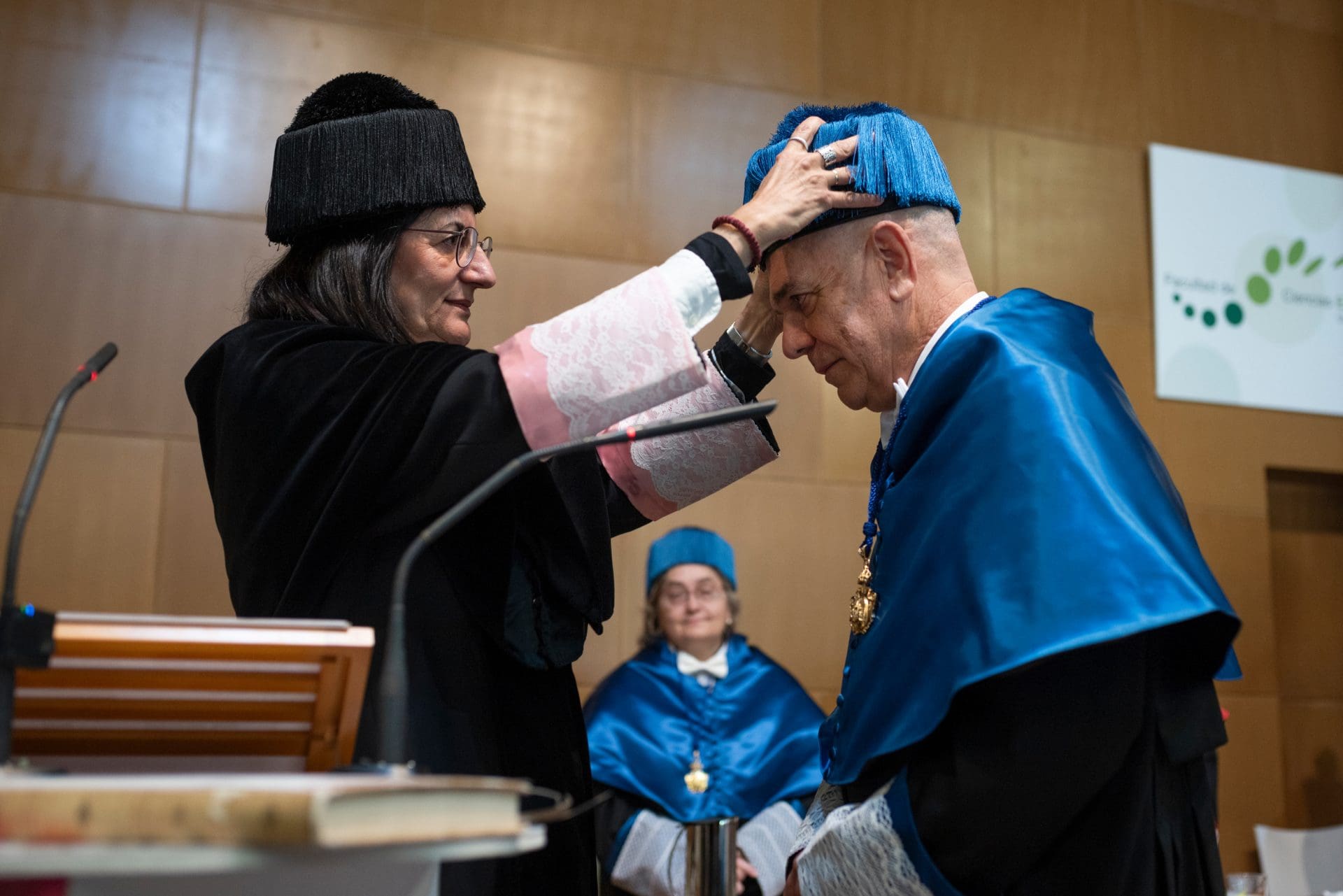Calculations predict disorder in the surface of certain materials
The different CeO2 reconstructions
The group of Professor Núria López has published a paper in Nature Materials explaining how massive simulations prove that certain surfaces are more disordered than previously thought.
Surface terminations are responsible for the chemical and physical properties of materials. Understading them is also key to predict their behaviour so they can be tuned to our needs. New computational calculations reveal that reality is more complex than expected and disorder is intrinsic for certain materials.
DFT calculations –more than 50000 simulations– carried out on the Mare Nostrum supercomputer at the Barcelona Supercomputing Center allow the introduction of all the complexity in these systems. Thanks to supercomputing, researchers were able to quantify the stabilization of polar surfaces derived from surface disorder, which appears as a consequence of the elimination of half of the surface oxygen atoms to ensure charge balance.
Based on the concept of configurational entropy, ICIQ researchers could classify different surface rearrangements according to their stability. They also demonstrated that CeO2 surfaces are dynamic and the rearrangements are interchangeable. The new terminations show different patterns on the materials surface, affecting their mechanical and catalytic properties and their properties as sensors.
Entropic contributions enhance polarity compensation for CeO2(100) surfaces
M. Capdevila-Cortada and Núria López.
Nat. Mater., 2016, DOI: 10.1038/NMAT4804
Related news

Let's create a brighter future
Join our team to work with renowned researchers, tackle groundbreaking
projects and contribute to meaningful scientific advancements







 17-02-2025
17-02-2025 


















